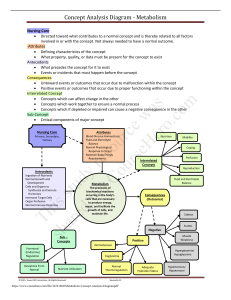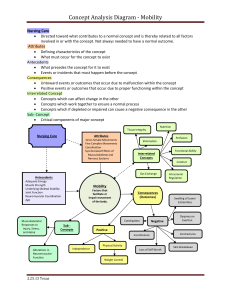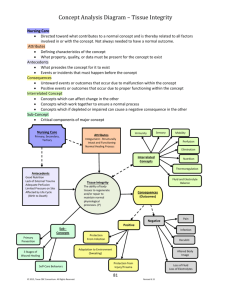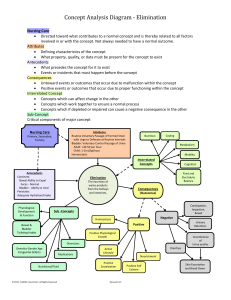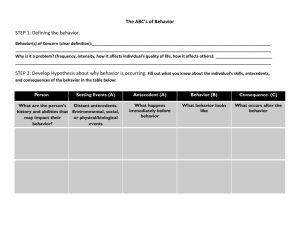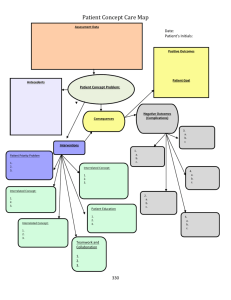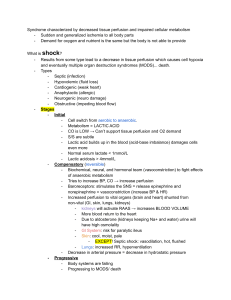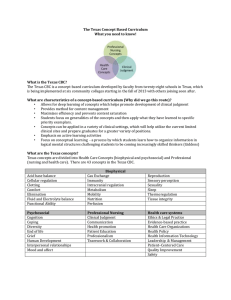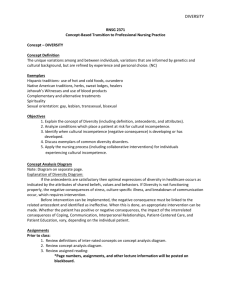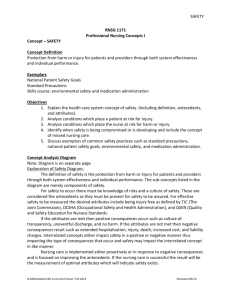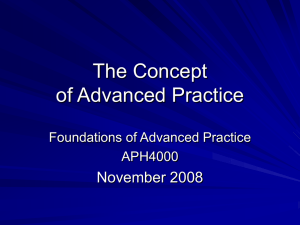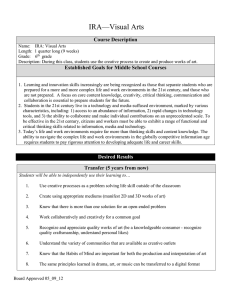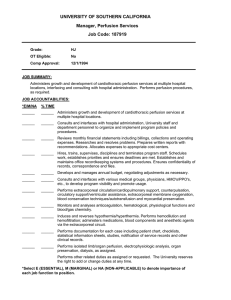Concept Analysis Diagram
advertisement
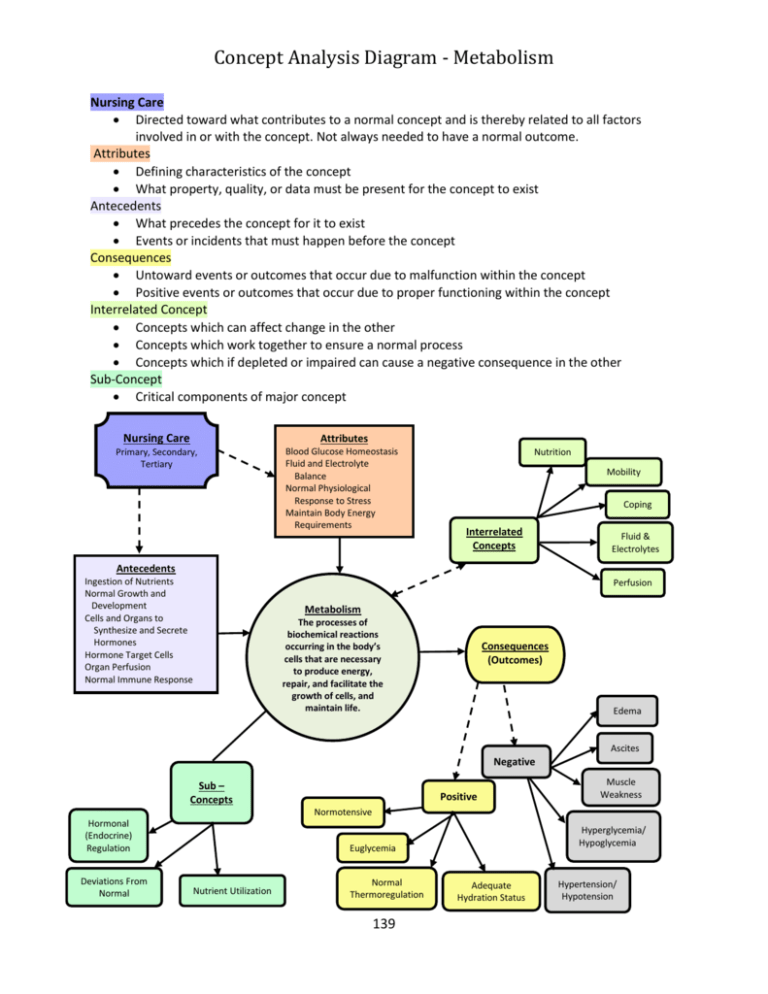
Concept Analysis Diagram - Metabolism Nursing Care Directed toward what contributes to a normal concept and is thereby related to all factors involved in or with the concept. Not always needed to have a normal outcome. Attributes Defining characteristics of the concept What property, quality, or data must be present for the concept to exist Antecedents What precedes the concept for it to exist Events or incidents that must happen before the concept Consequences Untoward events or outcomes that occur due to malfunction within the concept Positive events or outcomes that occur due to proper functioning within the concept Interrelated Concept Concepts which can affect change in the other Concepts which work together to ensure a normal process Concepts which if depleted or impaired can cause a negative consequence in the other Sub-Concept Critical components of major concept Nursing Care Attributes Primary, Secondary, Tertiary Blood Glucose Homeostasis Fluid and Electrolyte Balance Normal Physiological Response to Stress Maintain Body Energy Requirements Normal metabolic rate Nutrition Mobility Coping Interrelated Concepts Fluid & Electrolytes Antecedents Ingestion of Nutrients Normal Growth and Development Cells and Organs to Synthesize and Secrete Hormones Hormone Target Cells Organ Perfusion Normal Immune Response Adaptive response to stress Perfusion Metabolism The processes of biochemical reactions occurring in the body’s cells that are necessary to produce energy, repair, and facilitate the growth of cells, and maintain life. Consequences (Outcomes) Edema Ascites Negative Sub – Concepts Positive Muscle Weakness Normotensive Hormonal (Endocrine) Regulation Deviations From Normal Hyperglycemia/ Hypoglycemia Euglycemia Nutrient Utilization Normal Thermoregulation 139 Adequate Hydration Status Hypertension/ Hypotension
